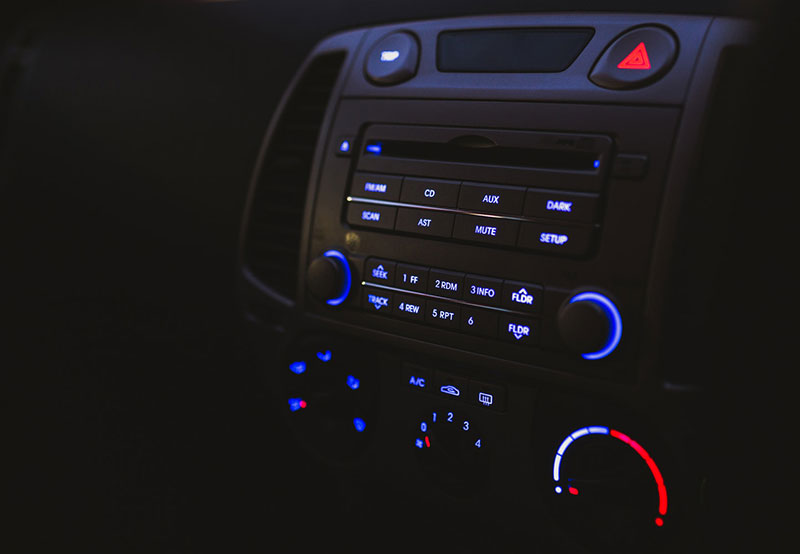We repair air conditioning systems
When London undergoes a bit of a rare heatwave, if you’ve got into the car and cranked up the air con for the first time in a while, you might find nothing but hot air coming out, and it could be in for an uncomfortable journey. Never fear, here’s our quick guide to everything you need to know about recharging your car’s air conditioning system.

Shall you recharge your car air con now?
There are many reasons to get your air conditioning recharged besides the most obvious one being to keep you and your passengers cool on journeys in hot weather (though we might add that leaving a box of lollies in a non-air conditioned car for too long can be very upsetting for kids and grown-ups alike). If you like getting the most out of your tank of fuel then you might be interested to know that recharging your air con increases fuel efficiency. This is because when your air con refrigerant is low, the air con system struggles to cool the air and so works harder to try and produce cold air. This extra work uses more fuel.
How do you recharge a car’s air con unit?
Recharging the air con system involves removing all of the existing refrigerant and any traces of moisture from the system and replacing with fresh refrigerant.
How long does an air con recharge take?
The process take about 45 minutes to completely remove the old gas and refill with fresh refrigerant. At ABC Motors, you can have your air con recharged while you wait and take advantage of our free wifi and hot drinks.
How often should you recharge your air con?
Opinion varies but most vehicle manufacturer’s recommendation is every two years. Whether you use your car’s air con a lot or hardly ever at all, air con gas will continue to permeate through the system over time so an air con service every two years will keep the gas topped up and the system lubricated so you always have a cool blast ready when you need it most.
How does air conditioning work?
In the refrigeration cycle, heat is transported from the passenger compartment to the environment. A refrigerator is an example of such a system, as it transports the heat out of the interior and into its environment (i.e. the great outdoors).
Circulating refrigerant gas vapor (which also carries the compressor lubricant oil across the system along with it) from the evaporator enters the gas compressor in the engine bay, usually an axial piston pump compressor, and is compressed to a higher pressure, resulting in a higher temperature as well. The hot, compressed refrigerant vapor is now at a temperature and pressure at which it can be condensed and is routed through a condenser, usually in front of the car's radiator. Here the refrigerant is cooled by air flowing across the condenser coils (originating from the vehicle's movement or from a fan, often the same fan of the cooling radiator if the condenser is mounted on it, automatically turned on when the vehicle is stationary or moving at low speeds) and condensed into a liquid. Thus, the circulating refrigerant rejects heat from the system and the heat is carried away by the air.
Working Time
| Week days | 09:00 - 19:00 |
| Saturday | 10:00 - 15:00 |
| Sunday | Closed |